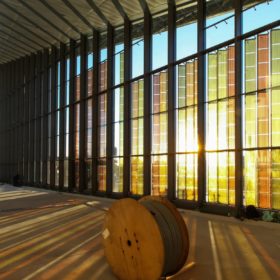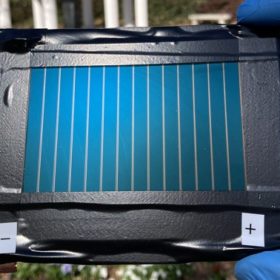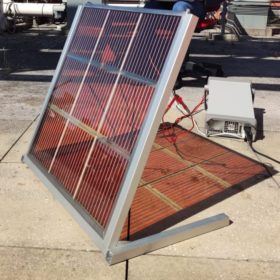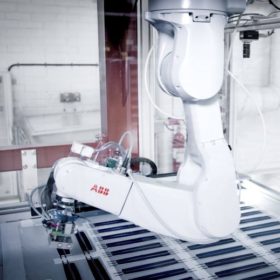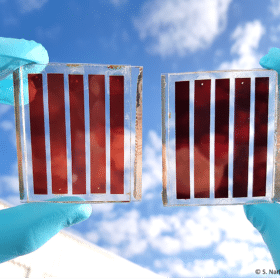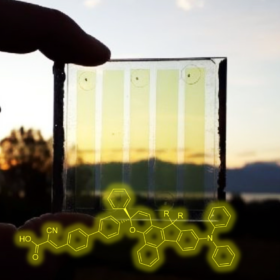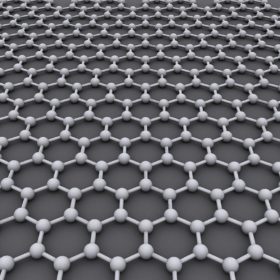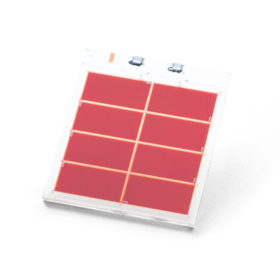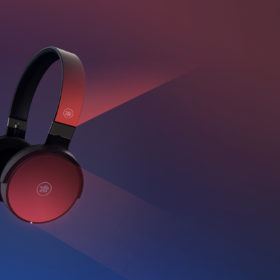EPFL sets new efficiency record for dye-sensitized solar cells
Scientists at EPFL in Switzerland have achieved a new efficiency record for dye-sensitized solar cells. The group reported 15% efficiency in direct sunlight, and up to 30% under ambient light conditions. Their key achievement was the development of a new combination of photosensitizer materials that can absorb the entire light spectrum.
Automatically generated databases for perovskite, dye-sensitized solar cells
University of Cambridge scientists have created new databases for dye-sensitized and perovskite cells, respectively. They used the ChemDataExtractor text-mining toolkit to collect the data.
Semitransparent dye-sensitized solar module for BIPV applications
Scientists in Italy have developed a module with an area of 0.2 sm and an efficiency of 2.7% in outdoor conditions, with a tilt angle of 60 C. They designed it by considering the trade-off between low losses and device sturdiness.
Exeger ramps up dye-sensitized solar cell production in Sweden
The Swedish company secured $38 million to build a manufacturing facility it has planned with the support of Swiss conglomerate ABB. The factory will be located in Stockholm and produce the company’s Powerfoyle products.
Semi-transparent dye-sensitized solar module with 8.7% efficiency
The mini-panel showed a short circuit current of 58.1 mA, an open circuit voltage of 3.63 V, and a fill factor of 58.26%. It has a power output is 122.9 mW and an active area of 14 cm2.
Semi-transparent mini BIPV panels for solar windows
European scientists have developed mini modules with an active area of 14 cm² and a 3.68% efficiency rating. The panels also have a self-adjusting feature that can help to mitigate the amount of light when they are exposed to full sunlight, or to the temperatures of buildings with large windows and/or glass facades.
Improving organic PV with graphene
Researchers at the Massachusetts Institute of Technology have developed a new approach to improve the electrical properties of monolayer graphene grown by CVD that could be used in the production of more efficient and stable ultra-light organic cells. They used parylene to develop transparent graphene electrodes through a roll‐to‐roll transfer technique.
Ricoh launches solar cell for indoor applications
The Japanese electronics company has produced a solid-state, dye-sensitized solar cell for integration into sensors and consumer electronics. The company says the device can generate electricity from indoor light.
Exeger and ABB to build ‘light harvesting material’ fab in Sweden
Swedish company Exeger says the dye-sensitized ‘light-harvesting material’ it will produce at its facility will generate enough power to prevent the need to recharge portable electronic devices, lengthening battery lifespan perhaps indefinitely.
Softbank injects another $10m into Swedish dye-sensitized solar specialist Exeger
The Japanese multinational lender is making its second investment in the Swedish start-up. The funds will help the company ship its first products next year.
